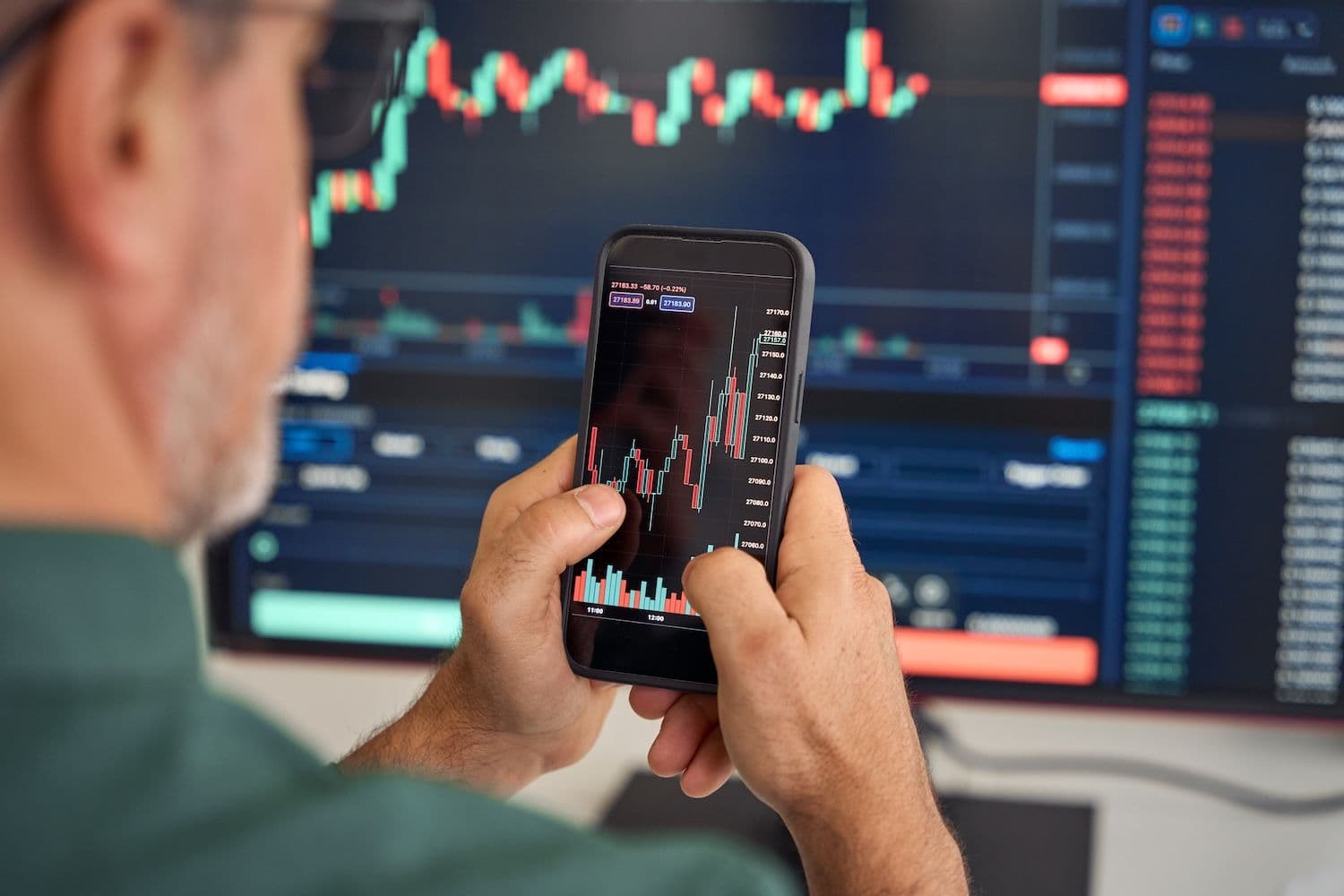XRP has entered its third major compression phase since the November election, trading near $2.73 after falling approximately 8% from last week's levels, according to analysis from Sistine Research. The cryptocurrency dropped below the $3 psychological threshold following rejection at $2.94, but analysts suggest the tightening price action could precede a significant directional move within months.
What to Know:
- XRP has formed its third compression phase since the November election, with trading concentrated in an increasingly narrow price band
- Historical precedent shows XRP's 2017 compression led to nearly 100-fold gains from $0.0054 to $0.43 over three months
- Analysts project potential targets ranging from $8.30 to $26.63, representing possible gains of up to 770% from current levels
Market Dynamics Point to Potential Volatility
The compression phase represents a period where price swings diminish as trading activity concentrates within tighter boundaries. Sistine Research explains this phenomenon creates pressure that, when released, often results in rapid price movements due to reduced order density outside the compressed range.
Market structure analysis reveals that buy and sell orders cluster within the narrow trading band.
This concentration leaves significant liquidity gaps beyond the compressed zone, potentially amplifying any breakout movement once XRP moves outside its current range.
The research firm noted that fewer orders exist to provide resistance or support outside the compression area. Such conditions historically create environments where price discovery occurs rapidly, as there is less market friction to slow momentum in either direction.
Historical Precedent Supports Compression Theory
XRP's price history provides compelling evidence for the compression-breakout pattern. In early 2017, the cryptocurrency demonstrated how extended periods of tight trading ranges can precede explosive moves.
During that cycle, XRP traded around $0.0054 in February before surging to approximately $0.43 by May.
The nearly 8,000% gain occurred over roughly three months, establishing a precedent that current analysts reference when evaluating similar market structures.
The 2017 rally began after XRP exhibited similar compression characteristics, with trading activity consolidating before the major upward movement. Market participants who recognized the pattern early positioned themselves advantageously for the subsequent price expansion.
Analyst Projections Fuel Market Speculation
While Sistine Research has not specified exact price targets, other market analysts have published detailed projections based on technical analysis methods. Matt Hughes has identified Fibonacci extension levels at $8.30, $13.39, and $26.63 as potential targets for XRP's next major move.
Hughes' calculations suggest that a portfolio containing 40,000 XRP tokens could exceed $1,000,000 in value if the cryptocurrency reaches his highest target.
These projections serve as reference points for bullish traders, though skeptics emphasize the substantial risks associated with such ambitious forecasts.
Egrag Crypto, a prominent XRP analyst, has criticized conservative price predictions and maintains that historical patterns indicate potential targets between $15 and $33.
The analyst argues that market participants who dismiss these patterns may underestimate XRP's upside potential based on previous cycles.
Understanding Cryptocurrency Market Mechanics
Compression phases in cryptocurrency markets occur when trading activity narrows into increasingly tight price ranges over extended periods. This phenomenon concentrates market liquidity within specific price levels, creating conditions that can lead to rapid price movements once the range breaks.
Liquidity gaps represent areas in the order book where few buy or sell orders exist. When prices move into these zones, the lack of orders can accelerate price discovery, leading to sharp movements until new equilibrium levels establish themselves. Order book analysis examines the distribution of buy and sell orders at various price levels. In compressed markets, most orders cluster near current prices, leaving thin coverage at levels further from the trading range, which can amplify volatility during breakouts.
Critical Levels and Trading Considerations
Short-term market participants are monitoring support levels near XRP's current trading range while watching order flow dynamics around the $2.95 resistance level. A decisive move above this compressed band could trigger rapid price discovery if liquidity gaps persist in higher price ranges.
Conversely, failure to maintain support at current levels could result in accelerated downside movement. The concentrated order structure that characterizes compression phases can amplify moves in either direction once the range boundaries break.
Market analysts suggest the coming weeks will likely determine XRP's next significant directional movement. The combination of technical patterns and market structure analysis points to conditions that historically precede major price moves, though the direction remains uncertain until a clear breakout occurs.
Final Thoughts
XRP's current market structure mirrors conditions that previously led to substantial price movements, with the cryptocurrency showing its third compression phase since November's election. While historical patterns suggest potential for significant gains, traders must consider both upside potential and downside risks as the compressed trading range approaches resolution.

